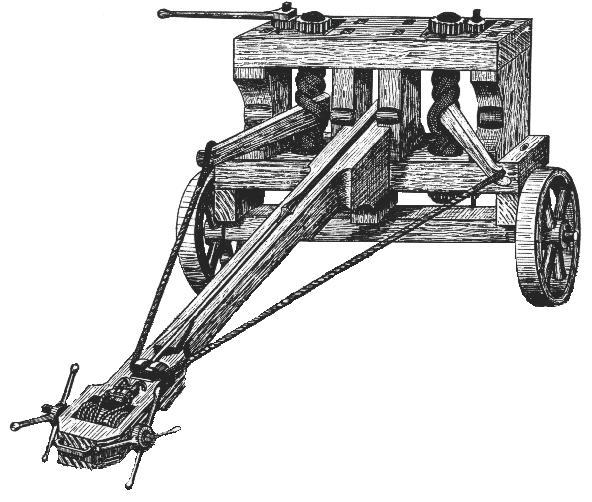The purpose of the event according to the official website is as follows:
You may notice that this is only the fifth year in which this event has taken place. In fact, it only became nationally recognized in Congress on March 9, 2010 in House Resolution 1055, "Supporting the designation of National Robotics Week as an annual event." In fact, the resolution attributes the purpose of the event to renowned science fiction author Isaac Asimov, as stated below:
- Celebrate the US as a leader in robotics technology development
- Educate the public about how robotics technology impacts society, both now and in the future
- Advocate for increased funding for robotics technology research and development
- Inspire students of all ages to pursue careers in robotics and other Science, Technology, Engineering, and Math-related fields
"Whereas the second week in April each year is designated as 'National Robotics Week', recognizing the accomplishments of Isaac Asimov, who immigrated to America, taught science, wrote science books for children and adults, first used the term robotics, developed the Three Laws of Robotics, and died in April, 1992: Now, therefore, be it resolved..."In preparation and celebration of this week, I have not only been working with my Lego Mindstorms sets, but also reading several of Asimov's sci-fi novels. I encourage everyone to find their own ways of commemorating this week, whether through reading, building, or attendance of an event. Happy Building!
 |
| DARPA's Atlas robot, which is being developed for rescue applications. |




